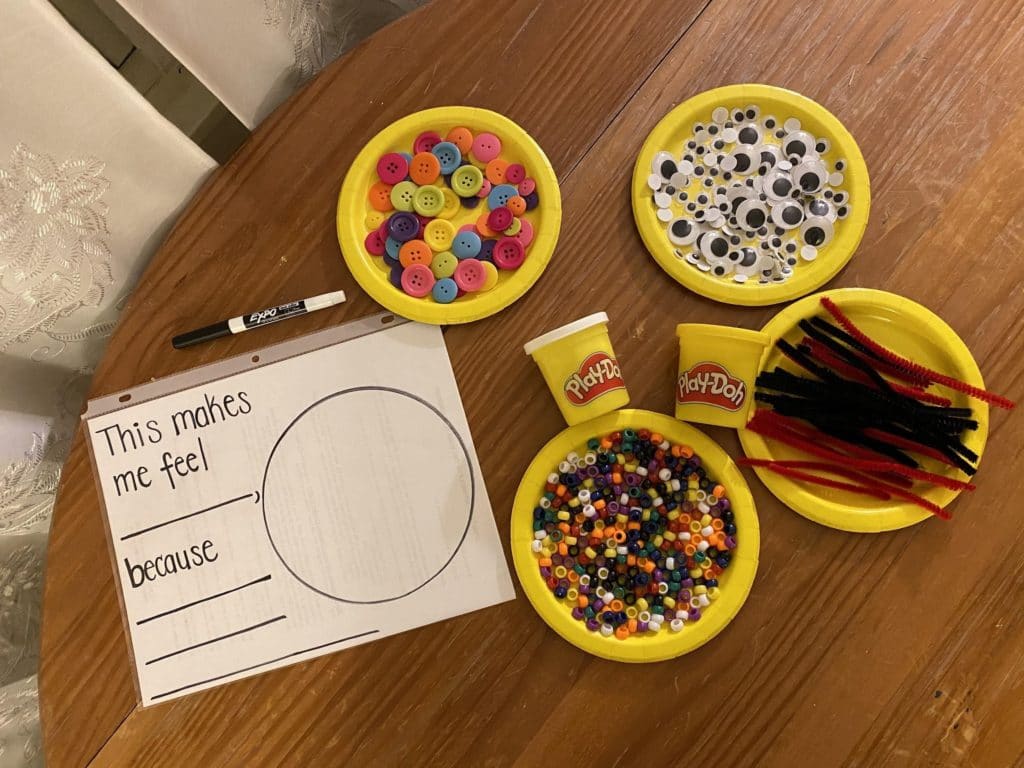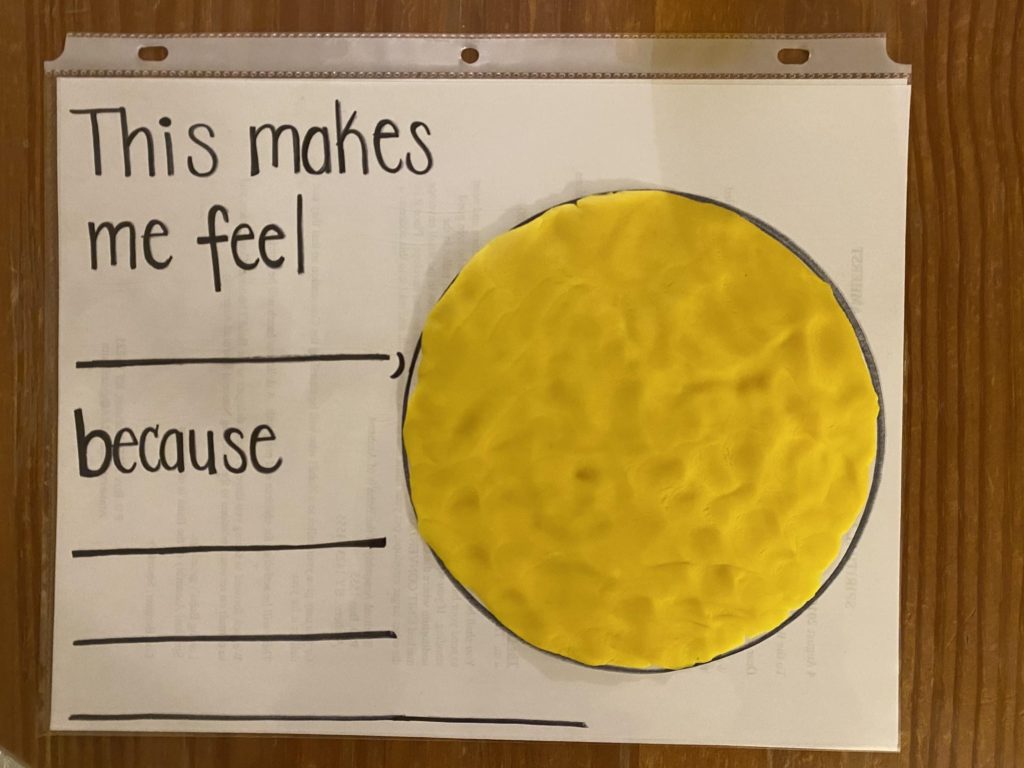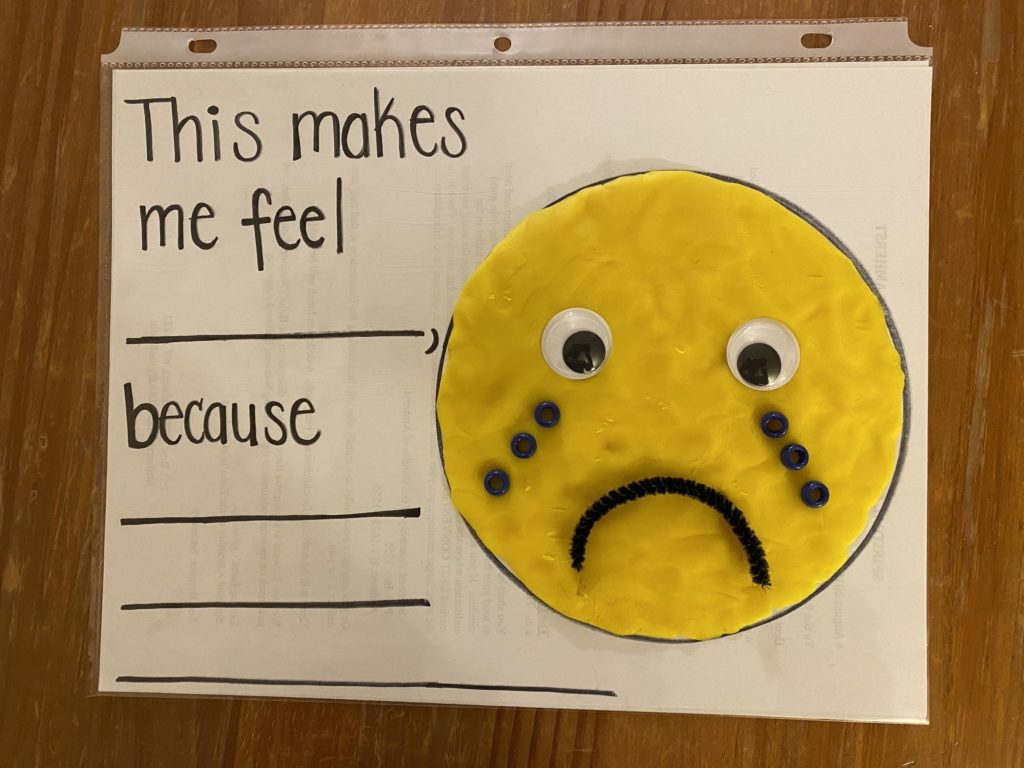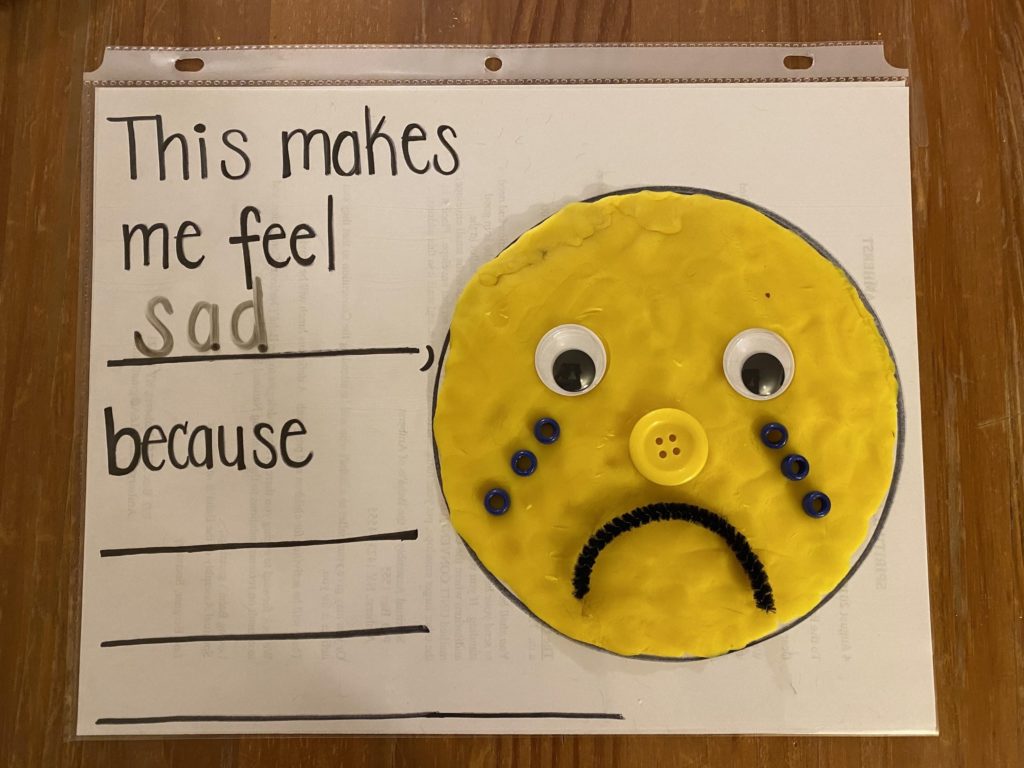Written by:
Pantea Goshtasb & Shanna Khan-Compagnoni
This special “Sanity Saver” blog entry is based on the Living Lab project originally planned to be implemented with our visitors in Spring of 2020.
The Living Lab is a collaborative project between UB’s Early Childhood Research Center (ECRC) and Explore & More – The Ralph C. Wilson, Jr. Children’s Museum. The Living Lab is designed to bring child development research and knowledge directly to you through play-like experiments with your child! In each of the Living Lab sessions, UB graduate student researchers would engage your child in a brief and play-like experiment based on cutting-edge research. They would then explain to you the purpose of the experiment and why it is important. In addition, they would provide some fun activities and ideas for you to try at home to facilitate your child’s learning and development.
Since all in-person activities are on hold the ECRC and E&M partnered together to still be able to reach you in your living room! The UB student researchers have created fun and engaging activities based on their research experiments. We hope you will try them out.
As Explore & More’s community partner, ECRC also welcomes you to check out its online resources and activities for young children (ages 2-6) and their parents and caregivers:
https://www.facebook.com/EarlyChildhoodResearchCenter.
Academic subjects:
Social and emotional development, Fine motor, Literacy
Materials:
● “This makes me feel __________, because” sheet (handwritten or printed) with sheet protector
● Dry erase marker
● Play dough
● Loose parts such as googly eyes, pipe cleaners, rainbow beads, buttons, etc
● Possible scenarios:
○ Another child not sharing their favorite toy with you
○ Mom or dad forgetting to pick you up from school
○ Getting to meet a character from your favorite TV show
○ A classmate pushing you on the playground
○ Tripping and falling on toys you didn’t put away
Directions:
Step 1: Take some time to review different emotions (happy, sad, surprised, angry, scared, etc) and ask the child to tell you and/or show you what each emotion looks like.
Step 2: Explain that you will give them different scenarios and they have to imagine how they would feel if this happened to them? Encourage them to be creative and use as many materials as are available to them. This is also an opportunity to practice their fine motor skills!
Step 3: After allowing the child to build an emoji, have them identify the feeling and also communicate why they would feel this way? Older children can practice literacy by using a dry erase marker to fill in the blank.
Extension:The child can come up with their own real and/or hypothetical scenarios if they wish.




